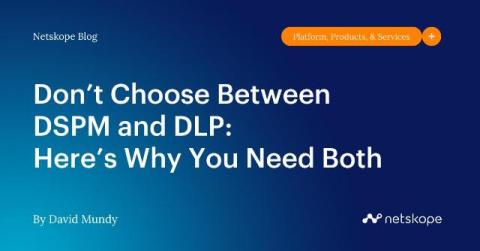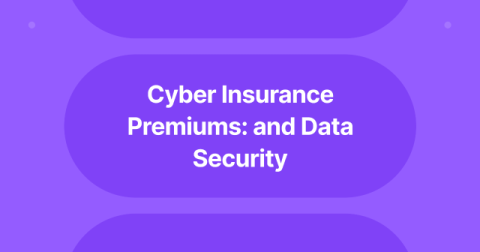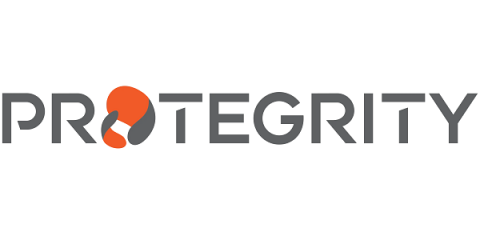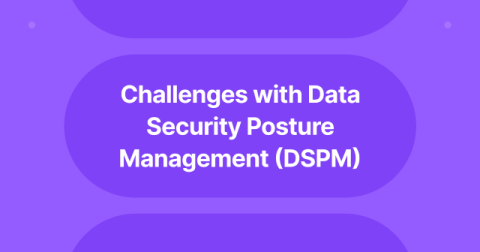Cybercriminals targeting the legal sector
Cybercrime targeting law firms has surged by 77% in the past year, raising significant concerns for the legal sector. The frequency, nature, and motivations of these attacks are evolving, putting law firms in a vulnerable position. Due to the sensitive nature of their data and high stakes, law firms are frequent targets for financially motivated cybercriminals, hacktivists, and even state-sponsored groups.











